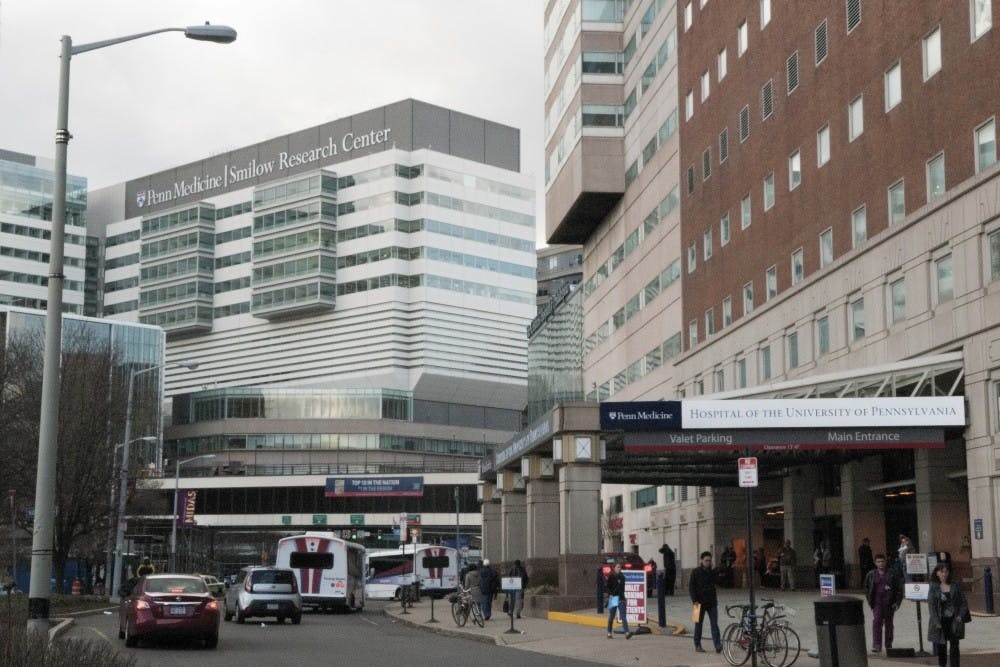Medical students in "limited-hour programs," which place a cap on the residency shift hours worked, earn similar test scores as those in "flexible-hour programs," which do not have caps, according to research conducted by researchers at the Perelman School of Medicine at the University of Pennsylvania and at Johns Hopkins University.
The study, published on March 20 in the New England Journal of Medicine, examined the effect of limiting training hours for medical residents by looking at 63 internal medicine programs across the world and at thousands of first-year residents.
Some of the medical students were part of flexible-hour programs that do not have maximum hours on residency shifts whereas others were enrolled in limited-hour program that set a 16-hour cap.
Although the trainees with the 16-hour cap were shown to be more content with their work-life balance and training, the researchers found no difference on test scores between the flexible-hour trainees and limited-hour trainees.
“Among 1,687 second-year residents in the study programs in 2016, average scores were 68.9 percent in flexible programs and 69.4 percent in limited-hour programs,” the study read.
The research also showed that limited-hour programs make program directors unhappy because they believe that the traditional shift time, though long, is a proper amount of time for trainees. Program directors think that long hours prevent the disruption of patient-care and help prepare young interns for the high-pressure and low-sleep circumstances that come with working as a full-time doctor.
Until early 2000, there were no regulations on the length of shifts for medical trainees.
John Morgan Professor of Medicine and Wharton faculty member David Asch, the study’s principal investigator, said that the researchers sought to examine whether limiting trainees' hours would lead to less fatigue and fewer errors.
RELATED:
This Penn Med study points to shorter, more effective treatment for veterans with PTSD
Penn researchers develop 'placenta-on-a-chip' to study birth
“We created this study to simultaneously evaluate the effect of alternative duty hour policies on resident education, resident sleep and alertness, and patient safety,” Asch said. “It will be essential to see the rest of the data before we know where to go next.”
Asch added that the research project will continue with examining the data regarding patient mortality and sleep patterns and alertness of the trainees, which will hopefully come out by early 2019.



